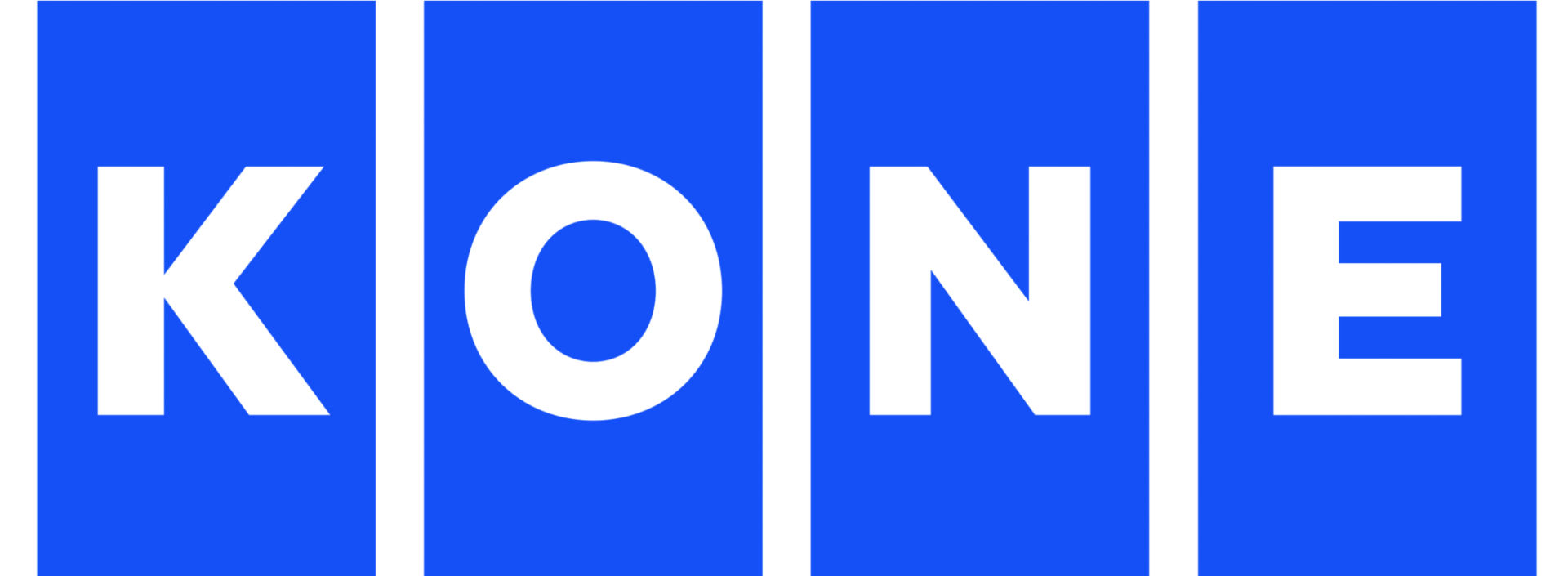Would you like to explore our corporate site or visit your local website?
Stay on Corporate siteText: David J. Cord
Digitalization is changing the work and the nature of workplaces. Work is becoming more fluid, interconnected and network-oriented. New online collaboration tools give customers, partners and suppliers a voice in the development process as part of an ecosystem. The physical environment is part of an ecosystem as well, with sensors gathering data, analytics interpreting that data, and equipment, tools and furnishings becoming more clever and helpful for the worker. The physical working environment becomes extremely personal, even down to the desk level. The temperature, light and CO2 levels match the preferences of each person. If someone wants to book a meeting room, the system will remember which one is her favorite and what she likes with her tea.
We are already seeing examples of robotics taking care of some menial office tasks. Robotic process automation handles repetitive data entry while robotic cleaners vacuum floors. Elevators and escalators become more adaptive and predictive, whether it be for one passenger or large flows of people. An elevator may be called when it predicts a person is close to their normal leaving time, and it can wait a few extra seconds if it detects others hurrying towards it.
Adaptability and the future office

The future office will be defined by its flexibility. Advances in technology and architecture are contributing to a flexible way of working as well as a flexible workspace. Forget 9 to 5. The way people work is much more adaptable. People are more likely to work from home or keep flexible hours at the office. Partners, freelancers and contractors often work beside their clients for extended periods. The old idea of a fixed retirement age will be gone, and an aging workforce may continue to contribute for years on a flexible schedule. The office building itself is becoming more adaptable, with non-assigned desks and movable walls.
This is important, since most older office buildings house 30 - 40% more people than what they were designed for. Mixed tenants like retail, residential and commercial are in the same building. Interactions between different teams improve productivity, so spaces like coffee bars encourage chance meetings. But forget completely open office floorplans – sometimes people need privacy to work.
Flexible people flow will become much more important to reflect fewer surges at traditional open and closing times. Elevator capacity plays a crucial role. The potential to move high number of people must remain, but efficiency and individual experience grow in importance.
Building a green work space

Government regulations and the demand from corporate tenants are key drivers in increasing eco-efficiency and sustainability in buildings. Companies want developers to provide green offices, and they often mean this literally. We see that buildings will generate more power through solar panels, cool through thermal chimneys, use rainwater to flush toilets and be constructed with extremely efficient materials. Smart technology allows buildings to react in real time to microclimatic events or the body heat of people gathering in different spaces.
Sustainability shall be considered for the entire lifecycle of an office building, not just for its operation. A connection with nature improve workplace productivity. Taller buildings leave a smaller footprint, allowing for more green space at ground level. But even those working on the 100th floor will find nature just a short walk away, thanks to parks with spaces for trees and mini-waterfalls incorporated into the building itself. Older buildings will be renovated to be more sustainable and include green places. Green walls and plants proliferate, while renovations seek more energy efficient methods to move people around the building.

